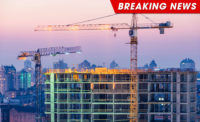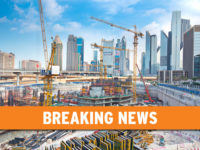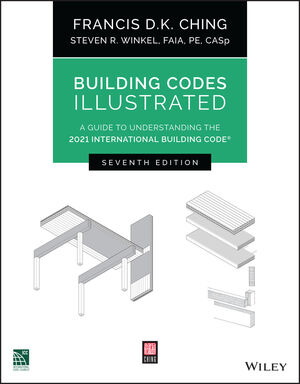ICC and FEMA Host Discussion on Boosting National Resiliency Through Modern Building Codes

On May 16, 2024, the International Code Council and the Federal Emergency Management Agency (FEMA) hosted an event that brought together federal and state governmental stakeholders to discuss the progress made in advancement of modern building codes.
The panel discussion, Celebrating a “Mission Possible”: A Building Safety Month discussion on progress of the White House National Initiative to Advance Building Codes, marked the second anniversary of the government-wide effort to boost national resiliency and reduce energy costs through modern building codes.
“Through the implementation of the National Initiative, federal departments and agencies—some for the first time—are actively reviewing the federal funding of building construction to ensure projects follow updated model codes and provide incentives and support for communities to strengthen their own construction standards,” said Code Council Chief Executive Officer Dominic Sims, CBO. “These collaborative efforts are worth celebrating as we reaffirm our commitment to advancing building safety across the world. Together, we have laid the foundation for a safer, more resilient future for all.”
White House Deputy National Climate Advisor Mary Frances Repko provided a keynote address, followed by remarks from U.S. Fire Administrator Dr. Lori Moore-Merrell, who also served as the panel’s moderator. Panelist Carlos Martín, Director of the Remodeling Futures Program at Harvard University, discussed the uneven consequences from disasters for underserved communities. Women in Code Enforcement of Virginia President Maryia Lackansing discussed pathways to connect the current and future graduates with opportunities in building safety, while International Association of Emergency Managers President Justin Kates focused on the importance of communication between emergency managers and code officials. Code Council Vice President of Fire and Disaster Mitigation Karl Fippinger discussed the momentum the National Initiative has generated across the federal government in furthering the adoption and effective implementation of hazard-resistant building codes.
“Today, fire is faster than ever before. Residential structures built with lightweight materials, furnished with synthetics, and often containing many devices powered by lithium-ion batteries; provide the environment for a deadly situation should a fire occur,” said Dr. Lori Moore-Merrill, Administrator, U.S. Fire Administrator. “All nationally recognized modern building and fire codes require the use of life-saving technology, like smoke alarms, carbon monoxide alarms and automatic fire sprinkler systems. We can create safer communities by implementing and enforcing codes and standards, especially in under-served and vulnerable populations. Affordable and fire safe housing should not be mutually exclusive.”
View the livestream recording of the panel here.
Learn more about the Code Council’s Building Safety Month celebration here.
Looking for a reprint of this article?
From high-res PDFs to custom plaques, order your copy today!








